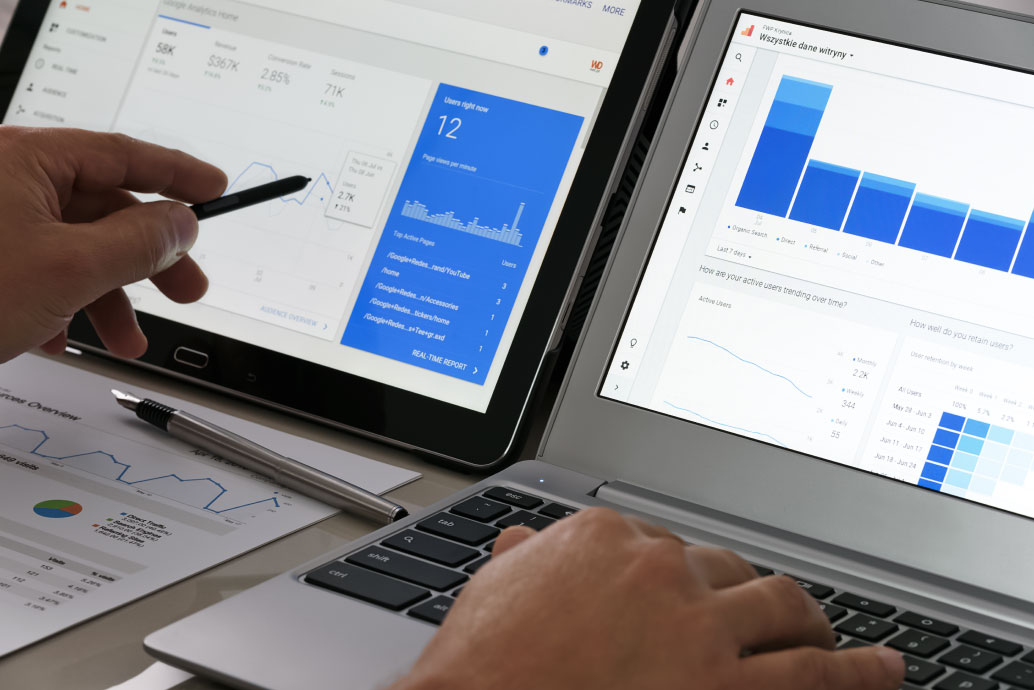Multimodal artificial intelligence (AI) is opening new possibilities for interaction between humans and systems, offering an integrated way to process different types of data. This new form of communication, which combines text, images, and audio, is enabling companies to accelerate processes, improve customer service, and even implement more accurate medical diagnoses.
A study by McKinsey suggests that the adoption of advanced AI technologies, such as multimodal AI, has already led to a 20% increase in efficiency in sectors like health, financial services, and e-commerce. The study indicates that this technology will continue to be a competitive advantage in the coming years, driving innovations within companies.
Alan Nicolas, a specialist in artificial intelligence for business and founder of the Academy Lendár[IA], states that multimodal AI is a tool for automation and a revolution in the way data is understood. “Companies investing in this type of artificial intelligence are transforming how decisions are made. By integrating different data, they can generate deeper and more accurate insights, which directly impacts financial results and customer experience,” he says.
Various uses of multimodal AI
Multimodal artificial intelligence is a technology that combines data from different sources to create smarter systems capable of interpreting and responding to multiple forms of human communication simultaneously. However, the application of multimodal AI extends beyond process automation.
Companies are using this technology to create smarter customer service systems capable of interpreting verbal and visual language simultaneously. This means that instead of relying solely on text, systems can analyze photos and sounds to provide faster and more comprehensive solutions.
In the healthcare sector, multimodal AI is being used to cross-reference image exam data with medical text records, improving the accuracy of diagnosis and treatment. ‘This integration has the potential to reduce medical errors and improve health professionals’ response time,’ celebrates Alan.
The multimodal format has also proven effective in the retail sector. Companies are using AI to analyze purchasing behavior data, such as social media interactions, product images, and customer audio feedback, allowing for personalized offers and improved shopping experiences.
The future of multimodal AI in business
The use of artificial intelligence is not limited to large corporations. Startups and small businesses are also beginning to explore the potential of this technology, especially in areas like digital marketing, education, and entertainment. The ability to process different types of data simultaneously makes this tool a key component in creating solutions.
According to Alan Nicolas, the future of multimodal AI is tied to companies’ ability to adapt. ‘Those who manage to integrate this technology into their processes will have a significant advantage. Multimodal AI automates and at the same time humanizes interactions by allowing systems to better understand users’ communication nuances,’ he emphasizes.
With the growth of artificial intelligence, businesses are expected to become increasingly dependent on integrated systems capable of analyzing and processing large amounts of data in real time. ‘This has the potential to drive innovation and improve decision-making. The future belongs to companies that can combine technology with human intelligence,’ concludes Alan Nicolas.







